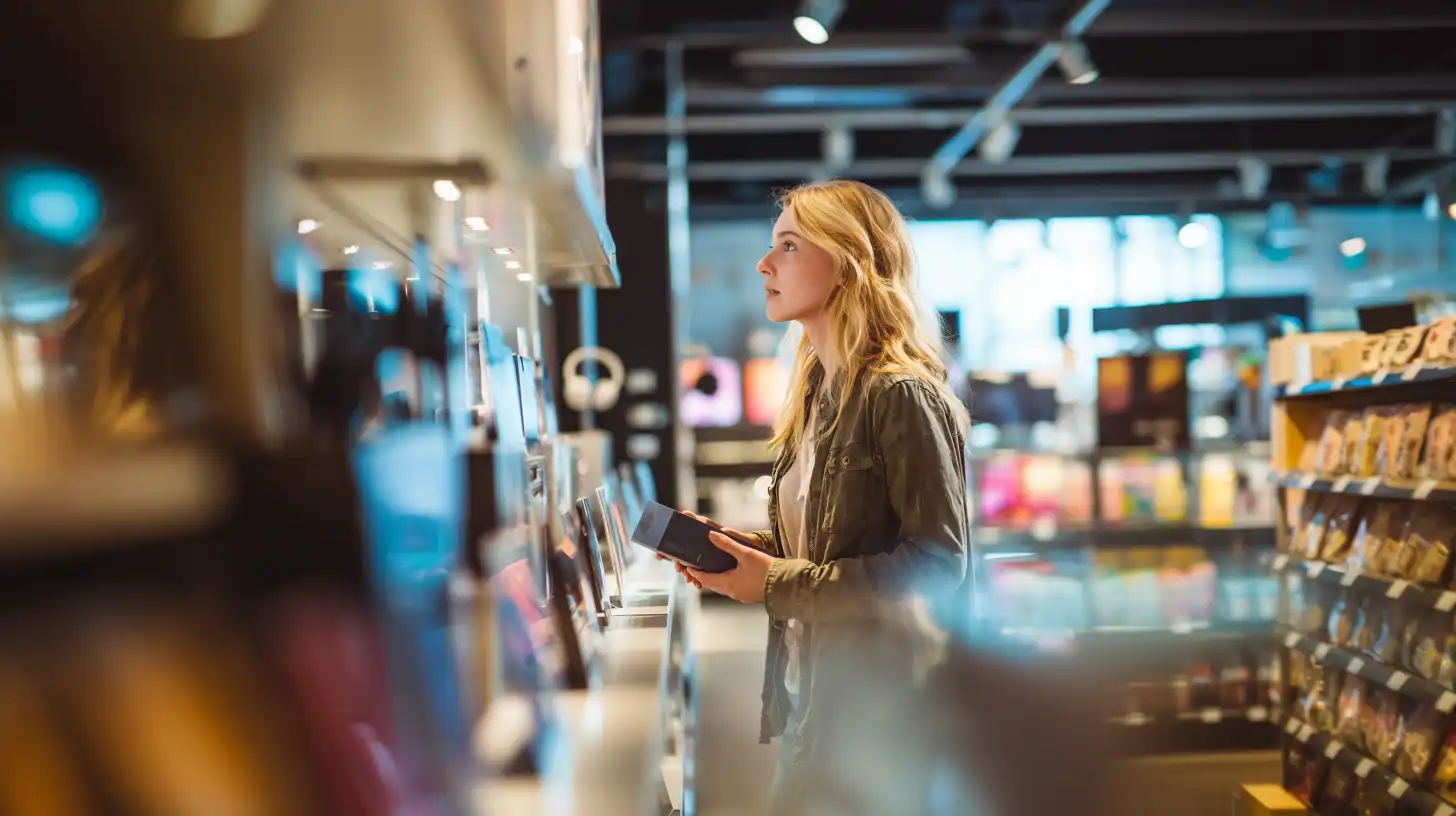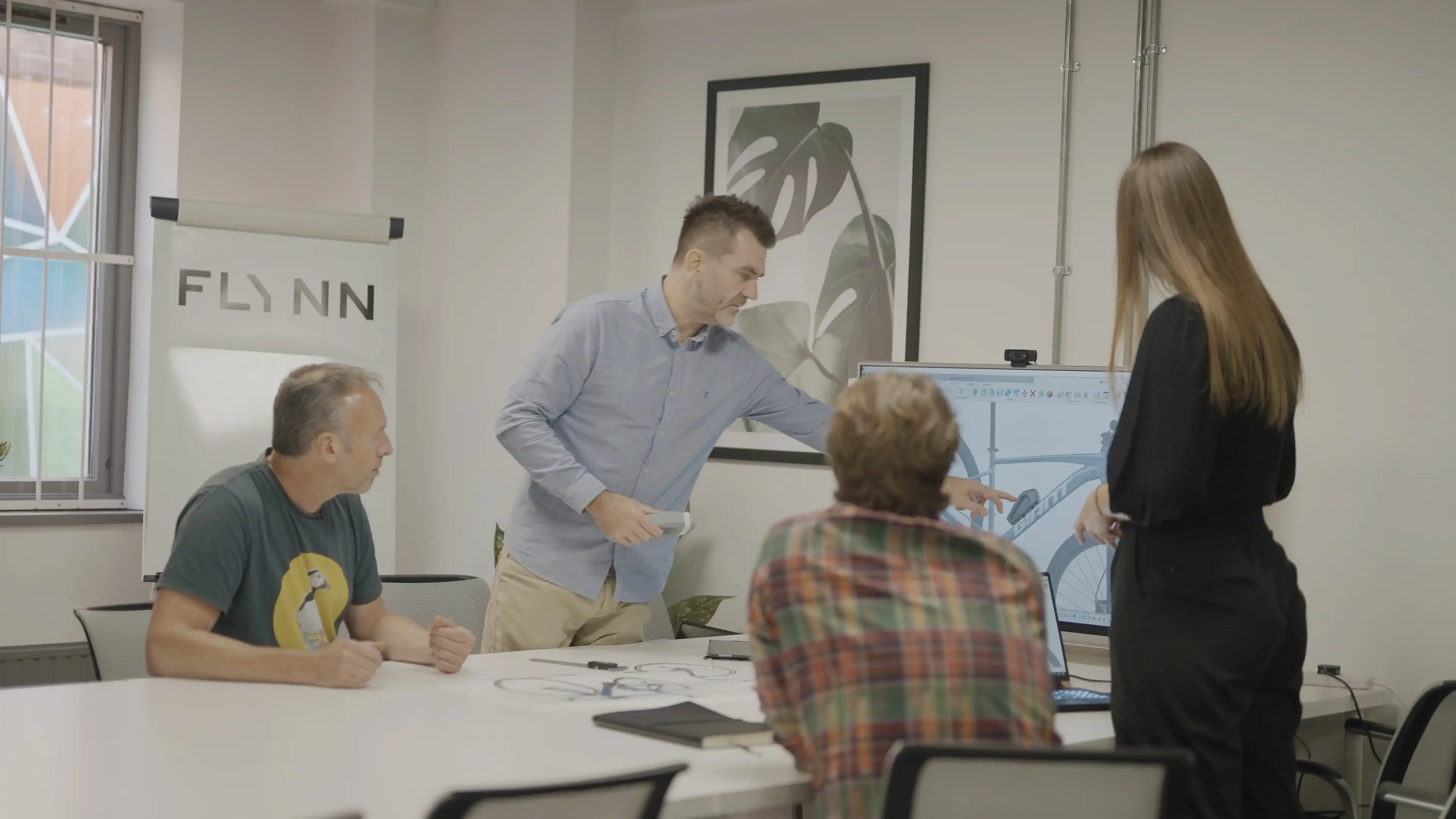What is Product Design?
What is Product Design?
Product design is a very encompassing term that is often misunderstood. It refers to the multi-stage process of creating usable products or services, from concept and design through to prototyping, manufacturing and marketing.
While aesthetics play a huge role in product design, the process of getting from concept to manufacture is complex, encompassing user experience, technical design, market analysis, ideation and testing, among other considerations.
In this guide, I want to talk about exactly what product design is, how it works and how to make it successful.
How Product Design Works
Product design works on the premise that we can make things better.
All product ideas can be optimised by questioning them. Product design is the process of observing ways to improve our lives with our product/build environment. This boils down to digging into a problem to truly understand it broken down, then establishing a family of solutions that make improvements to usually a company's bottom line, but not always. Key is to questioning everything.
By bridging the gaps between engineering, design and marketing, great product designers can come up with aesthetically pleasing products that are innovative and commercially viable. Product designers have the knowledge base and experience to turn lightbulb moments into something commercially viable (or establishing that they’re not), often before tens or even hundreds of thousands are spent on the patenting process.
Much of this process comes down to creative thinking, critical problem solving and fusing art with science and engineering. Going back to the concept and establishing a route to market, establishing a clear return on investment for the client. It will also consider Commercial viability, market desirability, user-focused product development is key to success. Consumer needs are important considerations here and whether the product will work as intended.
Breaking down the Product Design Process
Every product and market is different but the iterative product design process should always go through the same key stages in order to craft and then fine tune an idea or concept into a tangible product that is ready for market.
1. The Brief
Creating a brief is arguably the most important stage of the product design process as all subsequent stages will be based on what the assumptions that this document outlines. A product is therefore only ever as good as its brief. Getting a brief right is about understanding the starting point of a product idea or concept. Do you need to go back further, in order to understand the motivations and inputs that have led to initial assumptions?
At the end of the briefing stage, you should have asked all the essential questions in order to create a project summary that states all the objectives of the product. This will then guide the rest of the product design process.
2. Research
The next stage involves researching the target market, including the competition and the study of other related or similar products already on the market. This will allow you to discover areas of differentiation, which will set your product apart.
You need to map out your customer journey before, during, and after product usage in the research stage. You can use various techniques like sketching (drawing by hand), wireframing (a visual guide of the page’s structure and hierarchy of key elements which can either be a hand-drawn or digital sketch), or storyboarding (a scenario describing how users interact with the product much like a comic strip).
3. Brainstorming and Ideation
This is done off the back of the research, especially those areas that have identified differentiation between your product and what’s already out there. Sketches are still in a very basic prototype form but will begin to flesh out the look and feel of the product, as well as functionality, interface and mechanics. This is the point at which you need to connect with the core problem your product is addressing, allowing ideas to flow freely.

4. Conceptualisation
At the conceptualisation stage, the ideas that have come out of the brainstorming and ideation sessions are further fleshed out through a process of evaluation and synthesis. Often, more than one concept is created and these are further evaluated for their merits. If feasible, then a prototype could be created for each concept.
5. Collaborate
This stage is where the product designers present the concept to stakeholder or the client. At this point, the evolution of the process that leads to the concepts is explained and the pros and cons of each design laid out. An evaluation is then made by the stakeholders or client as to which concept works best and this is then agreed upon as the final design.

6. Virtual Prototyping / CAD Development
The development stage is the creation part of the process in which the product is modelled using Computer Aided Design (CAD) software in order to get a scale computer model that can be used to test its physical properties, as well as resistance to theoretical stresses and strains that it may encounter in its real-world application. Any problems will be addressed and if need be.
The CAD process is also useful for further evaluation of the products physical look, as a lifelike 3D computer model will be created. Once this has been evaluated, the design can be loaded into Computer Aided Manufacturing (CAM) software, allowing it to be built.

7. Prototyping
During this phase, you will create prototypes (experimental models of your ideas) that are in line with user needs and the analysis you conducted during the discovery stage. These prototypes will then be tested, by your team and with potential end users. Start slow and small. Introduce only the basic features of your product, make sure your users understand how to use it, and then gather their feedback.
Prototyping is an iterative process, so each set of feedback will help you modify your prototype (whether it be positive or negative). You’ll see your models grow in breadth and depth the more feedback you get, as well as identifying problems that you hadn’t envisaged in the design phase.
8. Testing
Although testing and evaluation take place during every phase of the design process, the main testing phase itself will help your team see that the design that you’ve conceptualised actually works. This can take the form of:
- In-house testing, wherein your own team will use the product and give their feedback.
- Usability testing, where you’ll find/hire participants, then gather their feedback. Confidential focus groups are an ideal way to let potential customers get hands-on with your prototype.
- Diary study, where you ask participants to keep a diary over X amount of time while they use your prototype.
The number of participants is not set in stone. In fact, a Nielsen study found that it takes just five users to pinpoint 85% of usability problems. But some experts contest this and instead opt to gather more participants the more complex a product gets.
The idea here is to keep testing until you end up with the design that is easy, simple, and efficient for your users. You can even conduct A/B testing if you’re struggling to choose between two prototypes. If the prototype isn’t fit for market, then you will need to return to stage 6.

9. Manufacture DFM ( Design for Manufacture )
Once the prototyping phase has been concluded then it’s time to begin manufacturing the final product design and bringing it to market. This is far from the end of the journey for the developers, as marketing, PR and audience feedback will all play big roles in the future success of your final product. It does represent the end of the product design process, however.
10. Product Supply Chain and Launch
Getting the technicals of the product right are paramount, but so are the details, whether that's finish, feel & fit. The role of product designers does not end here, the client will enter with varying requirements and varying skill sets and resources. A good industrial design process factors in support all the way through past product launch and into Year 1-3 Product reviews.
Conclusion
Product design goes way beyond the aesthetics and artistry involved in creating a catchy looking end product. It is an entire system aimed at crafting products that will meet your customers needs, whilst standing out from your competitors.
Although I’ve laid out a linear process here, it’s important to understand that product design is a Nonlinear process, actually a parallel set of Design Cycles, where some stages may take place before others and it’s likely that you will have to loop back to previous stages at some point in order to make sure the final product achieves everything you have set out in the brief and more. Whether a physical, digital or virtual experience, your product needs to put end users’ needs and wants are at the very centre of the product design process. This concept lies at the heart of design thinking, which I’ll cover in another article.
If you have an idea or a concept that you think could be turned into a tangible and marketable product, then why not give us a call. All our product designers have at least ten years’ experience and love to talk through new ideas. If you’d prefer you can contact us at hello@flynn-product-design.com or by using our contact form.

We provide businesses with product design consultancy, industrial design, prototype design & related services.
.avif)


